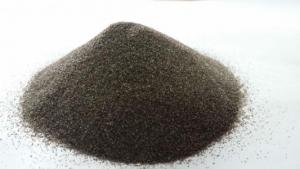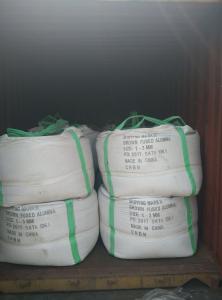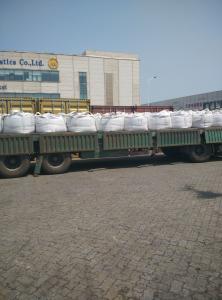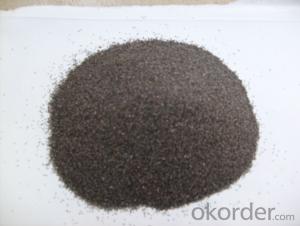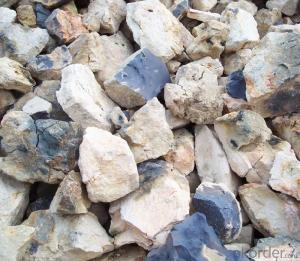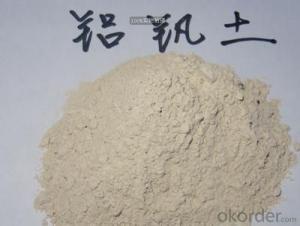REFRACTORY BROWN FUSED ALUMINA WITH LOW SIO2
- Loading Port:
- Tianjin
- Payment Terms:
- TT or LC
- Min Order Qty:
- 25 m.t.
- Supply Capability:
- 10000 m.t./month

- OKorder Service Pledge
- Quality Product
- Order Online Tracking
- Timely Delivery

- OKorder Financial Service
- Credit Rating
- Credit Services
- Credit Purchasing
Quick Details
· Place of Origin: Henan, China
· Shape: Block or grain size or powder
· Material: Alumina
· Al2O3:95%min
· SiO2:1.3%max
· TiO2: 3%max
· Fe2O3:0.3%max
· CAO:0.6%max
· MGO:0.3%max
· K2O+Na2O:0.3%max
· B.D:3.8g/cm3min
· MOI:0.2%max
· Refractoriness (Degree):1770°< Refractoriness< 2000°
· Model Number:Customer's Requirement
· Brand Name:CMAX
· Application:Metallurgy and Refractory
· Product name: Brown Fused Alumina
· Color: Brown
· Size:50MESH/100MESH/200MESH/325MESH/0-1MM/1-3MM/3-5MM/0-40MM
· BULK DENSITY:3.8g/cm3min
· Certificate:ISO9001
· Usage:Fire Resistance Place
· Type:Raw Refractory
· Packaging Details:Bags/In bulk/As costomer's requirement'
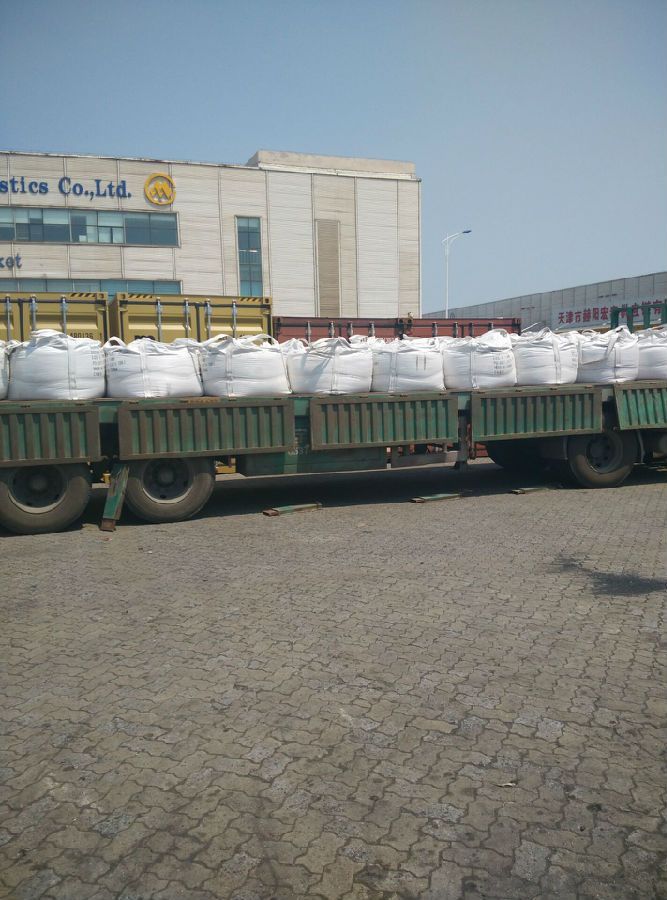
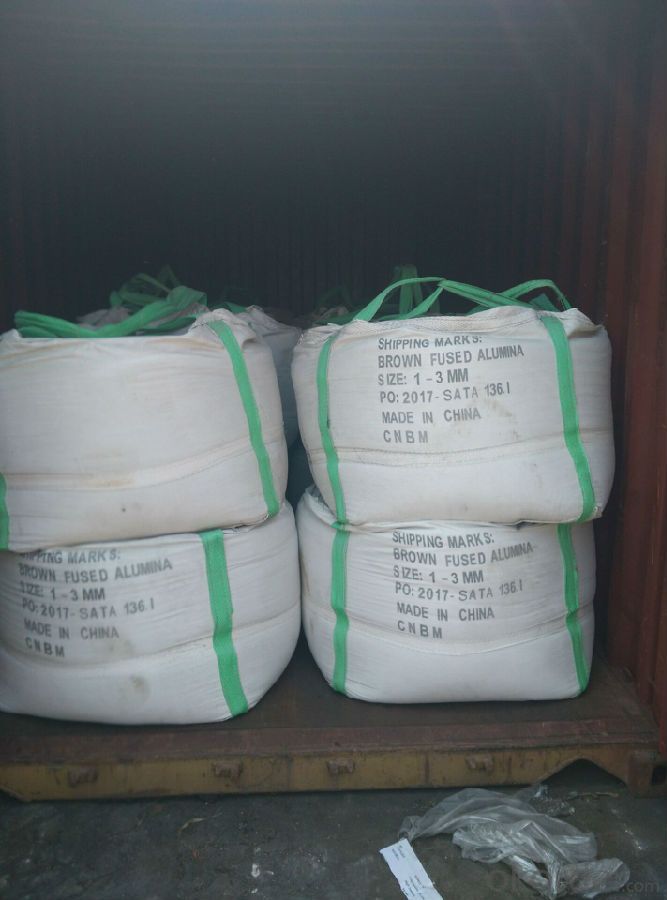
Quality assurance:
1.On a regular basis or as per your request,we entrust national testing agencies to conduct quality inspections
2. Strictly in accordance with the ISO9001-2008 international quality system standard,we monitor and manage the whole process throughout production,quality testing,and measurement to ensure product quality
FAQ:
Q: What kind of payments does your support?
A: T/T, L/C, Cash are accepted.
Q: Do you charge for the samples?
A: Accordeing to our company policy, the samples are free, you only charge the freight fee. And we will return the freight fee during the next order.
Q: Can you produce according to customers' design?
A: Sure, we are professional manufacturer.
Q: Do you have other products?
A: Yes, please check our other products in website.
- Q:Are there any differences between insulation and refractory materials ?
- First, refractory materials can resist more than 1200 degrees, some of which are not insulation materials, such as firebricks, which can directly contact with heat source, has little insulation effect. Ceramic fiber, high silica, etc. are all refractory materials which can insulate. Second, insulation materials with poor performance usually is lower than 800 degrees, which have large thermal resistance, and low thermal conductivity, high porosity. Thus they reduce the thermal loss. To put it simply, insulation materials store most of the heat and only let a small part of heat lose through the air, thus the heat has been isolated. Glass fiber, rock wool, flexible material for thermal insulation, etc.
- Q:What the fireproofing materialare of the refractory kettle and where they can be sold?
- Many places sell these. Nearly 10 years, can't brun when it is dry, adsorption. You can also baidu these materials. Heat transfer evenly, feldspar, clay and other raw materials with a ceramic products. Traditional casserole can not resist heat difference and also can withstand for 100 high temperature without crack. Aiming at the problem of traditional casserole, easy to crack and air permeability, people joined the spodumene on raw material, produce a high-temperature resistance casserole. It is produced after the high temperature burning makes an earthenware pot to keep the original advantages. Hebei has many places to sell these materials and is also relatively cheaper. The traditional casserole has features of not easy to transfer heat's quartz and slow cooling. Due to production technology and raw materials, it greatly improves the casserole' practicability after research and improvement.
- Q:Which industry does refractory belong to?
- It belongs to construction industry.
- Q:What are the types of refractory sealant?
- According to the environmental temperature of the region, it is divided into stpl-1 type, stpl-2 type, stpl-3 type. The three models are respectively applied to sealing repair of regular and irregular crack in asphalt / cement concrete roads, highways, airport runways, which are of different temperatures. Stpl-1 type: It is suitable for pavement temperature (0℃to 80 ℃) stpl-2 type: It is suitable for pavement temperature (-15℃to 60 ℃) stpl-3 type: It is suitable for pavement temperature (-30 ℃ to 40 ℃)
- Q:What are the use of fire-resistant material and admixture?
- Generally speaking, there are several admixtures: 1. Water reducing agent. It can ensure basic refractory castable flow value and significantly reduce its water mixing amount sodium hexametaphosphate and sodium tripolyphosphate 2. Plasticizer. It can increase plastic refractory mixture and enhance the ability of bentonite clay mud material stress strain 3. Gelling agent. It can make the colloidal solution (or suspending liquid containing solid particles condensed gelling agent 4. Dispergator. It can turn condensation or reunion colloidal particles (particles) into sol or uniform dispersion suspended particles and make the thick colloid free stream sol said scattered coagulant peptizer 5. Coagulant. It can shorten the stereotypes refractories condense sclerosis NaOH Mars between aluminum hydroxide, etc. 6. Retarder. It can delay the stereotypes refractories condense sclerosis between citric acid tartaric acid, etc. 7. Delayed coagulant. It can make setting fire-resistant materials contain binder by set out the condensation hardening effect between calcium aluminate cement, etc. 8. Foaming agent. It can reduce the liquid surface of power to produce uniform stability as rosin soap bubble resin fat saponin and so on. 9. Antifoaming agent. It can make fast setting fire-resistant material mixing or shock in produce bubbles escape alcohol fatty acids, such as 10. Shrink agent can reduce or prevent the refractory materials used to produce contraction type heating said silicon powder stabilizer or volume expansion agent, etc. 11. Preservative. It can keep setting fire-resistant material stored on construction performance change or change oxalic acid citric acid, etc. 12. Inhibitors. It can inhibit stereotypes refractories ingredients contain iron or iron compounds and acidic reaction caused inflation to produce hydrogen bond CrO3 diacetone alcohol, etc. I hope it can help you.
- Q:What kind of refractory materials can withstand 1500℃ when processing briquette stove core and meanwhile cost less?
- Alkali resistant castables cost the least.
- Q:What are the main components of refractory cement?
- Refractory cement, also known as aluminate cement, can also be gray. Aluminate cement is often yellow or brown. Aluminate cement takes bauxite and limestone as raw materials, alumina content of about 50% as the clinker. And it is a hydraulic cementing material made by grinding. The main mineral of aluminate cement is mono calcium aluminate (CaO · Al2O3, abbreviated CA) and other aluminates, and a small amount of dicalcium silicate (2CaO · SiO2), etc.
- Q:Where is the sizing nozzle for refractories? Just enter the line, master into!
- Hua Heng refractories in the industry reputation is good, especially in the Southern small steel sales are among the best!
- Q:Urgently!! Refractory problems, online, etc.
- The service life of most refractory materials is a pair of contradictory effects. As a result, one aspect of the contradiction is porosity, and the other is volume density. The larger the volume density is, the smaller the porosity is and the more erosion resistant, but the thermal shock effect is very poor. The bigger the porosity is, the smaller the volume density is, the better the thermal shock effect is, but it is not resistant to erosion. More professionally, two curves should be made to find the intersection of the curves to adjust the recipe and production process
- Q:How to make the service life of refractory materials longer?
- Take acid resistant refractory materials as example: the atmosphere should be acidic atmosphere, if used in an environment whose temperature is 1900℃, it would exacerbate the loss of refractory materials, so don’t use overloaded. Second, select the appropriate refractory materials according to the environment. For example, if its operating temperature is 1800℃, generally speaking, the normal use of it according to the instruction of refractory materials would be fine.
1. Manufacturer Overview |
|
|---|---|
| Location | |
| Year Established | |
| Annual Output Value | |
| Main Markets | |
| Company Certifications | |
2. Manufacturer Certificates |
|
|---|---|
| a) Certification Name | |
| Range | |
| Reference | |
| Validity Period | |
3. Manufacturer Capability |
|
|---|---|
| a)Trade Capacity | |
| Nearest Port | |
| Export Percentage | |
| No.of Employees in Trade Department | |
| Language Spoken: | |
| b)Factory Information | |
| Factory Size: | |
| No. of Production Lines | |
| Contract Manufacturing | |
| Product Price Range | |
Send your message to us
Similar products
New products
Hot products
Related keywords
You Might Also Like
